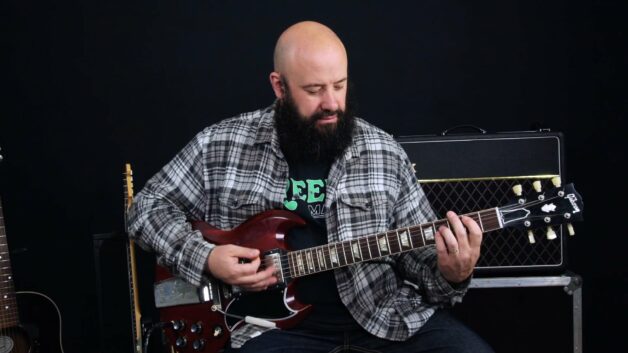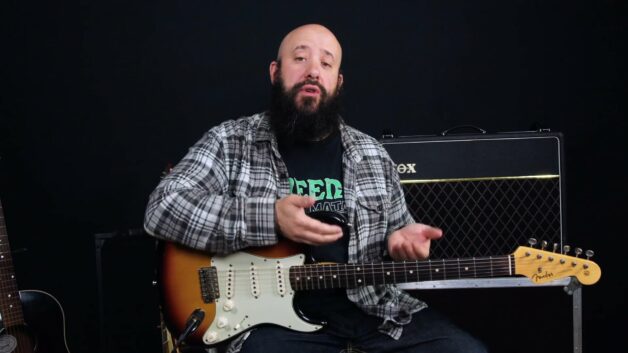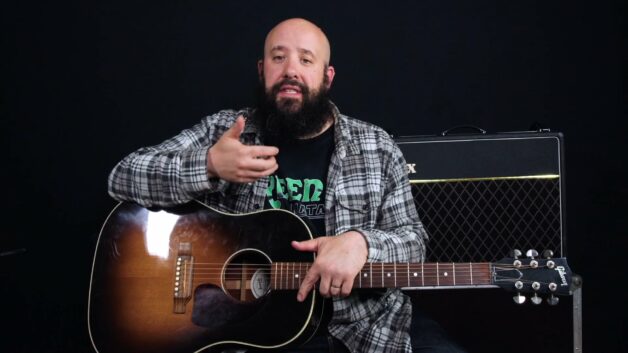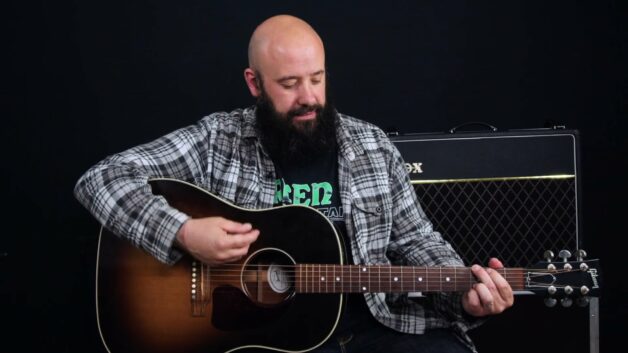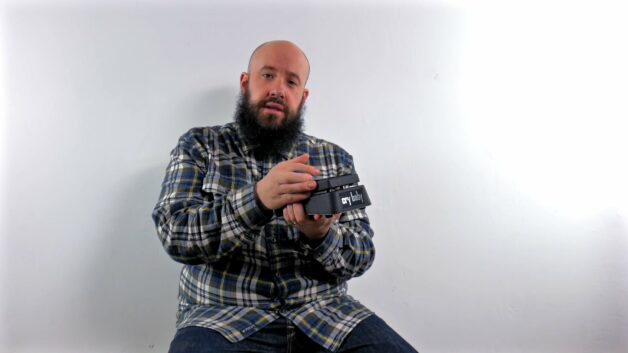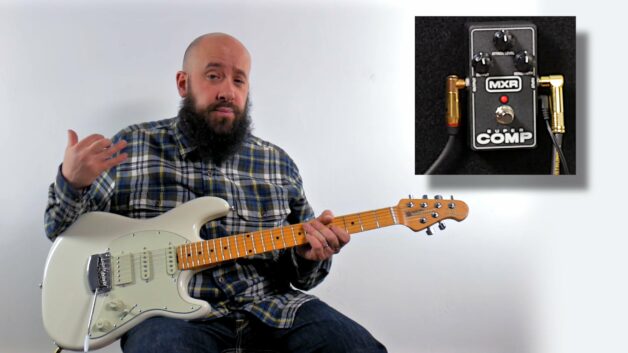How to Play Rock Music on Guitar: Mastering Classic Rock Riffs and Rhythms
Where Rock Guitar Began: A Brief Dive into History
Before diving into how to play rock music on guitar, it’s worth stepping back to Memphis, Tennessee, around 1954. It was there that musicians like Elvis Presley, Carl Perkins, and Chuck Berry blended blues, gospel, and country music, creating a sound known as rockabilly. This fusion set the stage for future generations, paving the way for bands like The Beatles, The Rolling Stones, and The Who to redefine rock rhythms in the ’60s.
Interestingly, it was these British bands, initially inspired by American artists, who reintroduced Americans to their own rock heritage. By the 1970s, guitar riffs became heavier and more central, with bands like Led Zeppelin and Aerosmith shaping the hard rock and heavy metal movements. Knowing this context helps when trying to recreate authentic rock sounds, as each era brought different tonal characteristics and rhythmic nuances.
Essential Techniques for Playing Rock Music on Guitar
It’s Not Just About the Guitar, It’s How You Play It
When learning how to play rock music on guitar, beginners often gravitate towards power chords first. Power chords, typically made up of just the root note and the fifth, simplify the sound and eliminate unwanted harmonic clashes, making them ideal for distorted or crunchy tones. For example, AC/DC’s “Back in Black” is primarily built around these simple, yet powerful chords. However, don’t neglect open chords or even fourth chords (think Pete Townshend’s rhythm playing with The Who), as these can add a brighter, fuller sound.
One common challenge beginners face is the difficulty in maintaining clarity when adding distortion. A helpful teaching tip is to practice chords initially with a clean sound, then gradually introduce distortion. This way, you’ll clearly hear any muted strings or buzzing notes before adding complexity.
Also, rhythm technique is crucial. Your right hand is as important as your left, controlling the nuances like palm muting. If your riffs sound muddy or indistinct, chances are your palm muting needs adjustment. Too heavy-handed, and you lose sustain; too light, and the rhythm can sound messy.
Choosing the Right Gear for Authentic Rock Tones
Many aspiring guitarists assume they need a specific guitar model to sound authentic. While certain guitars (such as a Gibson Les Paul or SG with humbucker pickups) naturally lend themselves to classic rock sounds, gear alone doesn’t guarantee success. Beginners should know that great rock rhythm comes from consistent right-hand technique and dynamic control rather than expensive equipment.
Of course, if you’re aiming for that signature heavy crunch, humbuckers combined with tube-driven amps will indeed get you closer. But keep in mind, historically, even iconic rock musicians didn’t always rely on high-end instruments. Jimmy Page famously recorded some early Led Zeppelin tracks on budget-friendly gear, proving technique outweighs equipment cost.
Key Takeaways to Master Rock Guitar Riffs and Rhythms:
- Power chords simplify your playing and help control distortion.
- Experiment with open and fourth chords for richer textures.
- Master rhythm techniques like palm muting, hammer-ons, slides, pull-offs, and bending for more expressive playing.
- Choose gear that suits your style but prioritize your playing skills first.
Common Pitfalls Beginners Should Avoid
A frequent mistake beginners make when learning how to play rock music on guitar is rushing into complex riffs without first mastering basic rhythm skills. Jumping straight into something like Led Zeppelin’s “Whole Lotta Love” might be tempting, but focusing on simpler riffs like Blur’s “Song 2” or The Rolling Stones’ “Satisfaction” can build foundational skills more effectively.
Another overlooked issue is timing and rhythm. Using a metronome or backing tracks can greatly improve your consistency. Yes, it may feel restrictive at first, but every seasoned guitar teacher agrees: strong rhythm skills define good rock guitarists.
Ready to Rock? Here’s Your Next Step
If you’re serious about learning how to play rock music on guitar, the best approach is to pick a specific song or riff that excites you and gradually work through it. Combine consistent practice with careful attention to technique, and you’ll soon recognize genuine improvements in your playing.
